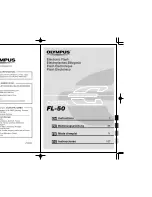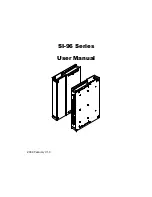
45
24 Technical Help
This chapter explains some technical terms. No claims are made regarding completeness and
accuracy.
24.1 White Balance (WB)
The WB (white balance) is used to set the colour temperature. This adjusts the camera so that it is
ideally suited for the light conditions in the desired location. If this WB is fully automatic, then the
camera looks for a white area (or similar) in the picture and uses this as a basis to calibrate all
other colours. In reality, this area is seldom white. More often than not it is simply the lightest area
in the screen. This often results in colour fog. Using semi-automatic WB (setting the camera to
certain, defined lighting conditions) can often reduce this colour fog. However, this only works with
standard lighting conditions. In mixed light it can lead to poor results.
24.2 EV Bias
You can use the EV bias to manually change the predefined exposure value for the exposure
meter. This correction makes the image/video lighter or darker than predefined by the shutter. As a
rule, the shutter priority is not optimal in the following cases, and requires the exposure to be
manually corrected:
Back light: If the object being captured is illuminated by back light (for example, a portrait with
the sunset in the background), a shutter priority normally results in the image being too dark. A
longer exposure (such as +2) generates a better image.
High-key image: In the case of light objects in front of a light background, an automatic
exposure generally results in a gray image. A longer exposure (such as +2) generates a better
image.
Low-key image: In the case of dark objects in front of a dark background, an automatic
exposure generally results in a gray image. A shorter exposure (such as -2) generates a better
image.
24.3 Range of Exposure Measure
The DV-767 camera has a shutter priority, which undertakes the appropriate exposure for the
image/video. For this, the camera measures the brightness at various points on the image to
determine the exposure time. In normal cases, the image should be exposed in such a way that the
subject is well lit. As the subject is usually located in the centre of the image, the “
Centre
” setting is
suitable for almost all captures. If the subject in the centre of the image is very small, then the
exposure can only be measured at one point in the centre of the image (“
Spot
” setting). If, on the
other hand, the exposure measurement should be distributed over the entire image, then you
should select the “
Matrix
” setting. This setting delivers good results for images that are equally
illuminated.
Summary of Contents for DV-767
Page 1: ...Instruction Manual DV 767 ...




































